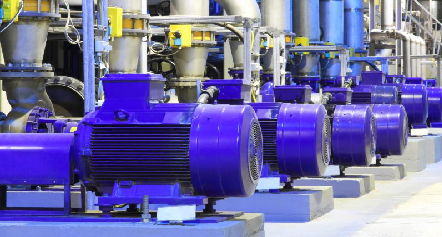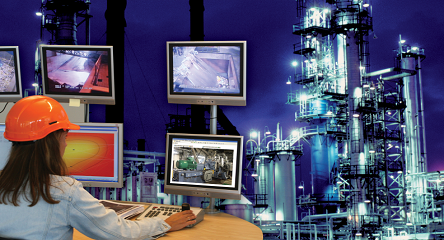The cement industry operates in a high-demand, high-intensity environment where equipment failure or unexpected downtime can lead to substantial losses. Condition monitoring plays a crucial role in ensuring that equipment runs smoothly, avoiding unplanned outages, and increasing operational efficiency.
Here’s how condition monitoring brings significant benefits to the cement industry:
✅ Early Detection of Equipment Issues
Condition monitoring allows for the real-time tracking of machine health and performance. It detects anomalies like vibration, temperature, and pressure changes, enabling early identification of potential failures. This proactive approach allows maintenance teams to fix problems before they cause major damage.
✅ Reduced Downtime
Unplanned downtime in cement plants can be extremely costly. With condition monitoring, equipment is continuously assessed, allowing teams to schedule maintenance around the actual health of the equipment. This leads to more efficient use of production time and improved plant uptime.
✅ Increased Equipment Lifespan
By monitoring the condition of key assets like crushers, mills, and motors, companies can reduce wear and tear. This prevents overuse and ensures that parts only need to be replaced when truly necessary, extending the lifespan of machinery and reducing the frequency of replacements.
✅ Improved Maintenance Efficiency
Condition monitoring provides detailed insights into the performance of equipment, helping maintenance teams make data-driven decisions. This means that maintenance can be targeted, addressing only the machinery that requires attention, rather than relying on a reactive, time-based schedule.
✅ Enhanced Safety
The cement industry involves heavy machinery and dangerous working conditions. Condition monitoring allows for predictive maintenance, identifying unsafe conditions before they become hazardous. This results in a safer working environment for operators and a reduction in workplace accidents.
✅ Energy Efficiency and Cost Reduction
Poorly maintained machinery consumes more energy. With condition monitoring, inefficiencies are identified and corrected, leading to energy savings and reduced operational costs. For an industry like cement production, where energy consumption is a major expense, this can lead to significant cost savings.
✅ Environmental Benefits
Optimized equipment performance, due to condition monitoring, results in less waste and more efficient use of resources, contributing to lower emissions. For an industry that has a high environmental impact, improving efficiency also helps meet sustainability goals.
✅ Improved Product Quality
Efficient and well-maintained equipment leads to more consistent and high-quality output. In the cement industry, this is critical because the quality of the product directly impacts customer satisfaction and business reputation.





